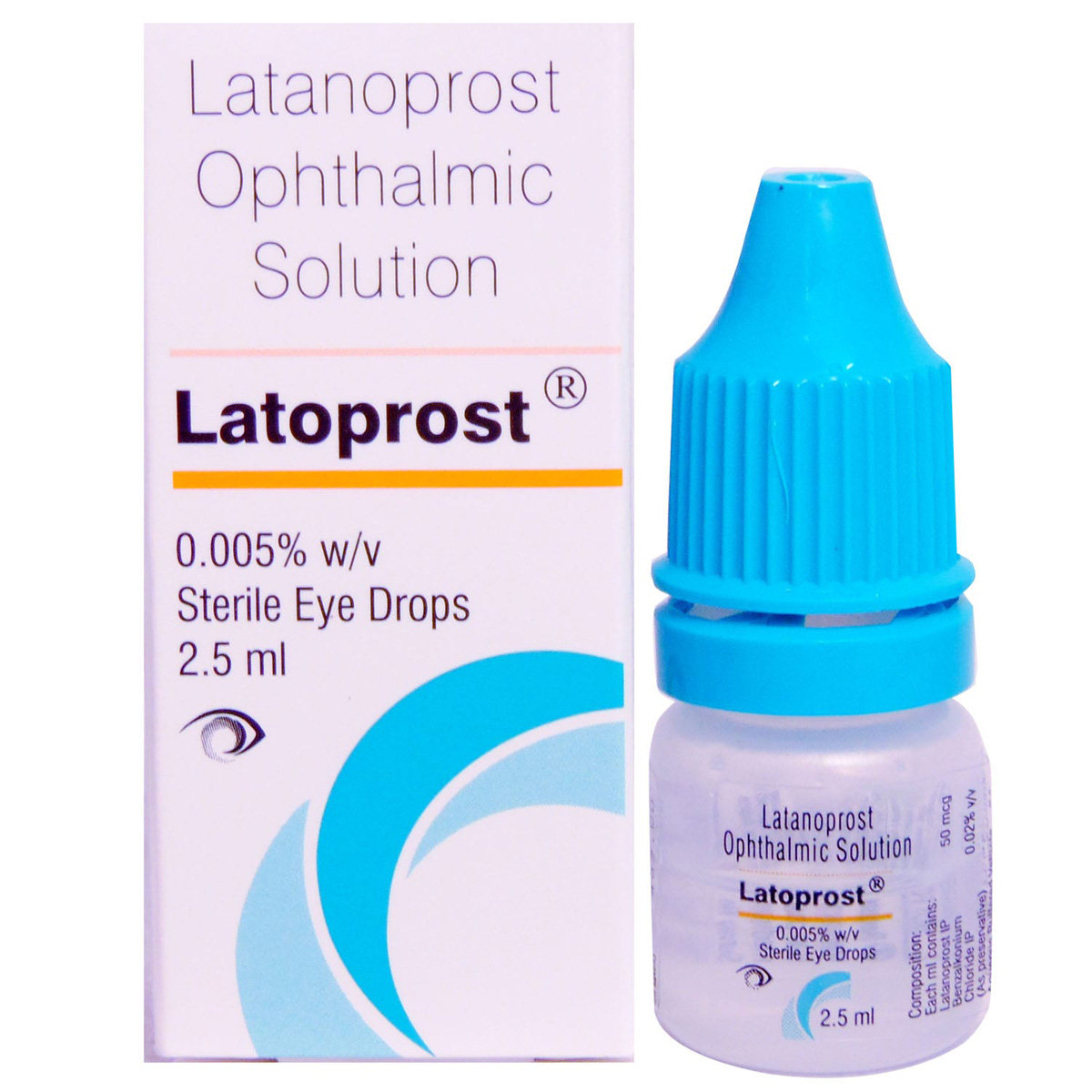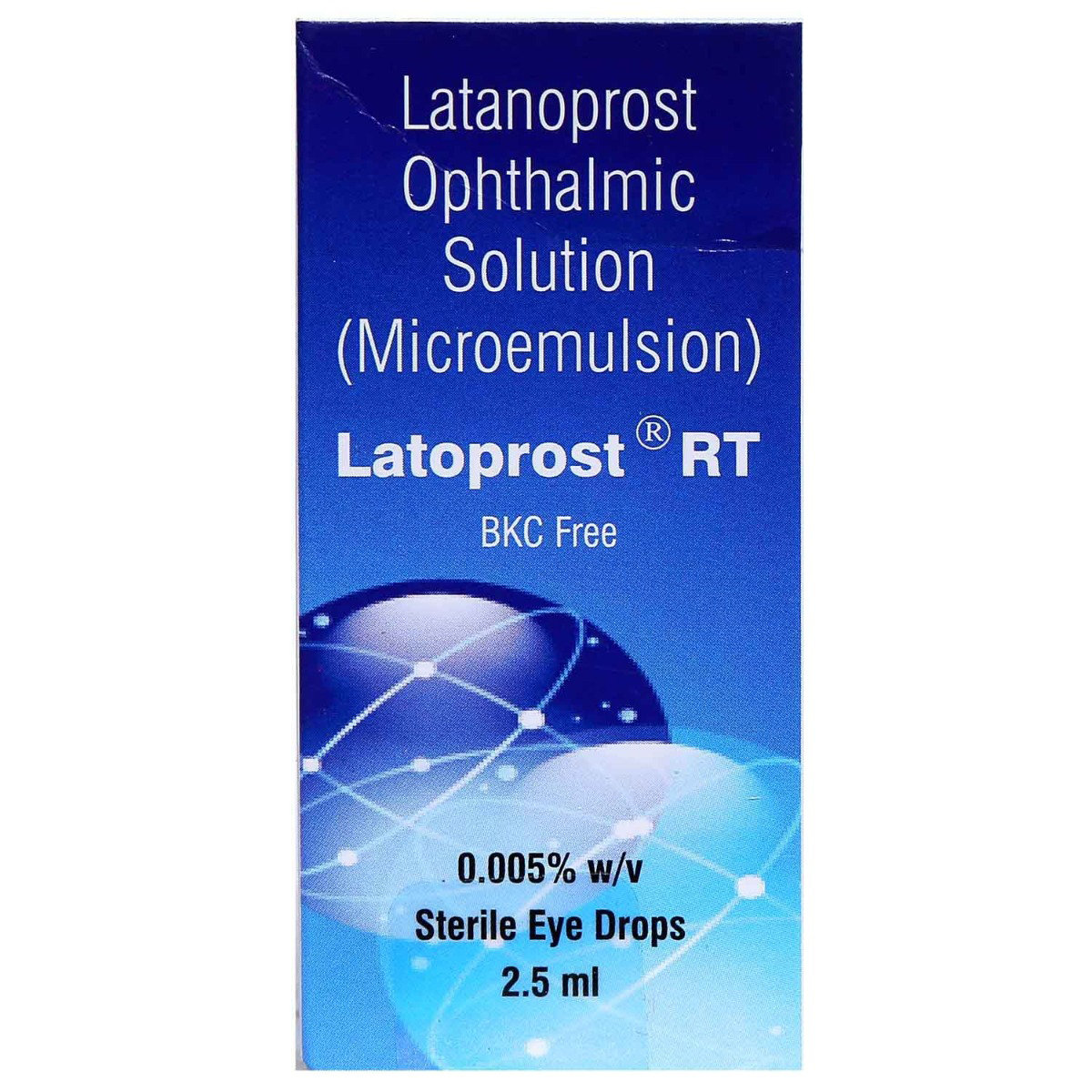Lacoma Eye Drops 2.5 ml


MRP ₹585
(Inclusive of all Taxes)
₹87.8 Cashback (15%)
Provide Delivery Location
Online payment accepted
 Prescription drug
Prescription drugWhats That
Composition :
Manufacturer/Marketer :
Consume Type :
Expires on or after :
Return Policy :
About Lacoma Eye Drops
Lacoma Eye Drops belongs to the class of ophthalmic medications indicated to lower the intraocular pressure in patients with glaucoma or ocular hypertension. Glaucoma is an eye disease that causes damage to the optic nerve and results in reduced vision. Ocular hypertension is increased pressure in the eye due to poor drainage of aqueous humour (fluid in the eye that maintains normal pressure by its continuous flow).
Lacoma Eye Drops contains Latanoprost, and it works by increasing the natural flow of liquid from inside your eye into your bloodstream. This lowers the pressure within your eye and stops your sight from worsening.
Lacoma Eye Drops is for ophthalmic use only. Depending on your medical condition, you are advised to use Lacoma Eye Drops for as long as your doctor has prescribed it for you. Before using it, break the seal and wash your hands to avoid any infection. If you wear contact lenses or wear them, remove them before using Lacoma Eye Drops , and you can put them back 15 minutes after using Lacoma Eye Drops . In some cases, you may experience changes in your eye colour, blurred vision, changes in the thickness, length, or colour of your eyelashes, irritation, and dry eyes. Most of these side effects of Lacoma Eye Drops are temporary, do not require medical attention, and gradually resolve over time. However, if the side effects are persistent, reach out to your doctor.
Put Lacoma Eye Drops only if the doctor prescribes you. Never encourage self-medication or suggest your medicine to someone else. It would be best if you did not stop taking Lacoma Eye Drops abruptly as it may increase eye pressure. Check with your doctor before starting Lacoma Eye Drops if you have dry eyes, cornea problem, asthma, kidney or liver disease. Also, do not stop the Lacoma Eye Drops abruptly as it may lead to severe side effects. Do not take any other eye medication with Lacoma Eye Drops without consulting your doctor. If you are using two eye medications, never put them together; wait for at least 5 minutes and then put the second one.
Uses of Lacoma Eye Drops
Directions for Use
Key Benefits
Lacoma Eye Drops contains Latanoprost, which belongs to a class of medications known as prostaglandin inhibitors. Lacoma Eye Drops is used alone or in combination with other drugs is used to lower eye pressure. It is primarily used in treating high pressure in the eye. It increases the natural flow of aqueous humour from inside the eye into the bloodstream. As a result, the pressure on the eye is decreased. Also, if the pressure is too high and is not treated, it can lead to permanent vision loss. Lacoma Eye Drops should be put only in the affected eye, and contact with the normal eye should be avoided.
Storage
Drug Warnings
Do not take Lacoma Eye Drops if you are allergic or hypersensitive latanoprost or prostaglandin inhibitors. Inform your doctor about all the prescription and non-prescription medications you are taking, especially eye medications, products that contain aspirin, and vitamins. If you have a kidney problem, uveitis, asthma, dry eye, herpes simplex eye infection, are pregnant or breastfeeding, inform your doctor before starting Lacoma Eye Drops as a dose adjustment may be required. If you are taking any other eye medication, please tell your doctor prior. If you wear contact lenses or wearing them, remove it before using Lacoma Eye Drops , and you can put it back 15 minutes after using Lacoma Eye Drops . Wash your hands properly before using Lacoma Eye Drops to avoid any infection. If you are using two eye medications, never put them together, wait for at least 5 minutes and then put the second one. Do not use Lacoma Eye Drops with other prostaglandin inhibitors as they are known to contra-indicate.
Drug-Drug Interactions
Drug-Drug Interactions
Login/Sign Up
Drug-Food Interactions
Drug-Food Interactions
Login/Sign Up
Diet & Lifestyle Advise
- Avoid alcoholic beverages with Lacoma Eye Drops as it can make you dehydrated and affect the eye's pressure.
- Visit an optician regularly to monitor your eye pressure.
- Try to include heart-healthy omega 3 fatty acid containing food drinks in your daily diet. You can also use low-fat cooking oil like olive oil, soybean oil, canola oil, and coconut oil.
- A diet including green and leafy vegetables, fruits, helps to lower eye pressure.
- Do regular moderate exercise and appropriate rest is important for illness.
- Fruits and vegetables which contain Vitamin A and C help to improve vision and recover from the disease.
Side Effects of Lacoma Eye Drops
- Change in eye colour
- Redness of the eye
- Inflamed eyelid
- Eye infection (conjunctivitis)
- Irritated eye
- Burning,
- Itching
- Stinging
- Eye colour
- Blurred vision
- Changes to your eyelashes (growing longer and thicker)
- Sensitivity to light (photophobia)
Habit Forming
Therapeutic Class
All Substitutes & Brand Comparisons
RX
Eye Prost Eye Drop 2.5 ml
X-Med Royal Pharma Pvt Ltd
₹328
(₹118.08/ 1ml)
43% CHEAPERRX
Latoprost Eye Drops 2.5 ml
Sun Pharmaceutical Industries Ltd
₹587
(₹211.32/ 1ml)
RX
Latoprost RT BKC Free Eye Drops 2.5 ml
Sun Pharmaceutical Industries Ltd
₹621
(₹223.56/ 1ml)
6% COSTLIER
Product Substitutes
Drug-Diseases Interactions
Drug-Diseases Interactions
Login/Sign Up
FAQs
Lacoma Eye Drops contains Latanoprost, and it works by increasing the natural flow of liquid from inside your eye into your bloodstream. This lowers the pressure within your eye and stops your sight from worsening.
If you miss a dose of Lacoma Eye Drops , take the missed dose as soon as you remember it. However, if it's almost time for the next dose, do not take a double dose to make up for a missed one.
Do not stop taking Lacoma Eye Drops without talking to your doctor. If you suddenly stop taking Lacoma Eye Drops , you may experience increased eye pressure. It can also lead to loss of sight. Your doctor will probably decrease your dose gradually depending upon your disease condition.
You should inform your doctor if you are undergoing dental surgery, and he might stop the use of Lacoma Eye Drops before the surgery.
Lacoma Eye Drops contains a preservative named benzalkonium chloride, which may be absorbed by the contact lenses and change the colour of contact lenses. So, please remove your lenses before putting Lacoma Eye Drops , and you can wear it 15 minutes after using Lacoma Eye Drops .
Yes, Lacoma Eye Drops is known to cause eye irritation as it contains benzalkonium chloride as a preservative. If you have dry eyes or any cornea disorder, please your doctor before using Lacoma Eye Drops as a dose adjustment may be required.
No, Lacoma Eye Drops should not be used simultaneously with other eye medications. At least, a gap of 5 minutes should be there between using two eye medications.
No, Lacoma Eye Drops should be taken in the dose and duration as advised by the doctor. If you take it in more than the recommended dose, it might cause unpleasant side effects. If you think your symptoms are not improving, please consult your doctor.
Drug-Drug Interactions Checker List
- BIMATOPROST
- TAFLUPROST
- TRAVOPROST
Special Advise
Lacoma Eye Drops may slowly (over months to years) cause brown discoloration of the colored portion of the eye (iris). Notify your doctor if this occurs and schedule regular eye exams to monitor it.
Disease/Condition Glossary
Ocular hypertension: Ocular hypertension is a condition in which the pressure of the eye is higher than normal. The increased pressure can be due to certain other diseases, an injury, or an adverse effect of certain medications. If left untreated, it can lead to optic nerve damage and permanent vision loss.
Glaucoma: Glaucoma is an eye condition that causes damage to the optic nerve (essential for good vision) due to abnormally increased pressure in the eye. If it is not treated in time, it may cause blindness. Ocular hypertension is a condition caused due to poor drainage of aqueous humour (fluid in the eye that maintains normal pressure by its continuous flow). This leads to a build-up of excess fluid in the eye resulting in increased pressure inside the eye without any damage to the optic nerve. If ocular hypertension is not controlled, it may lead to glaucoma.

Have a query?
Buy best Ocular products by
Entod Pharmaceuticals Ltd
Ajanta Pharma Ltd
Sunways (India) Pvt Ltd
Sun Pharmaceutical Industries Ltd
Cipla Ltd
Micro Labs Ltd
Allergan Healthcare India Pvt Ltd
Intas Pharmaceuticals Ltd
Raymed Pharmaceuticals Ltd
Nri Vision Care India Ltd
FDC Ltd
Jawa Pharmaceuticals India Pvt Ltd
Indoco Remedies Ltd
Sapient Laboratories Pvt Ltd
Senses Pharmaceuticals Pvt Ltd
Centaur Pharmaceuticals Pvt Ltd
Neomedix Healthcare India Pvt Ltd
Aromed Pharmaceuticals
Optho Remedies Pvt Ltd
Aurolab
Austrak Pvt Ltd
Lupin Ltd
Mankind Pharma Pvt Ltd
Zivira Labs Pvt Ltd
Optho Pharma Pvt Ltd
Synovia Life Sciences Pvt Ltd
Akumentis Healthcare Ltd
Eyekare
His Eyeness Ophthalmics Pvt Ltd
Protech Remedies Pvt Ltd
Runyon Pharmaceutical Pvt Ltd
Alcon Laboratories Inc
Syntho Pharmaceuticals Pvt Ltd
Alembic Pharmaceuticals Ltd
Bell Pharma Pvt Ltd
Klar Sehen Pvt Ltd
Sentiss Pharma Pvt Ltd
Irx Pharmaceuticals Pvt Ltd
Optho Life Sciences Pvt Ltd
Phoenix Remedies Pvt Ltd
Alkem Laboratories Ltd
Doctor Wonder Pvt Ltd
Hicare Pharma
Ipca Laboratories Ltd
Neon Laboratories Ltd
Okulus Drugs India
Pharmtak Ophthalmics (I) Pvt Ltd
Berry & Herbs Pharma Pvt Ltd
Glow Vision Pharmaceuticals
Kaizen Drugs Pvt Ltd
Choroid Laboratories Pvt Ltd
Indiana Opthalamics Pvt Ltd
Optica Pharmaceutical Pvt Ltd
Pharmatak Opthalmics India Pvt Ltd
Samarth Life Sciences Pvt Ltd
Vibgyor Vision Care
Mofon Drugs
Novartis India Ltd
Pharmia Biogenesis Pvt Ltd
Zydus Cadila
Appasamy Ocular Devices Pvt Ltd
Leeford Healthcare Ltd
Medivision Pharma Pvt Ltd
Orbit Life Science Pvt Ltd
X-Med Royal Pharma Pvt Ltd
Zee Laboratories Ltd
Aarma Laboratories
Guerison MS Inc
Laborate Pharmaceuticals India Ltd
Xtas Pharmaceuticals
Accurex Biomedical Pvt Ltd
Blucrab Pharma Pvt Ltd
Does Health Systems Pvt Ltd
Flagship Biotech International Pvt Ltd
Lavue Pharmaceuticals Pvt Ltd
Nutrilis Healthcare Pvt Ltd
Ursa Pharm India Pvt Ltd
Vee Remedies
Vyonics Health Care India Pvt Ltd
Warren Pharmaceuticals Pvt Ltd
Abbott India Ltd
Accvus Pharmaceuticals
Akums Drugs & Pharmaceuticals Ltd
Cadila Healthcare Ltd
Carevision Pharmaceuticals Pvt Ltd
Dey's Medical Stores (Mfg) Ltd
East West Pharma India Pvt Ltd
Eyedea Pharmaceuticals Pvt Ltd
Nimbus Healthcare Pvt Ltd
Ocuris Pharmaceuticals Pvt Ltd
Sherings Pharmaceuticals
Tarks Pharmaceuticals Pvt Ltd
Vcan Biotech
Vision Medilink
Aice Health Care Pvt Ltd
Appasamy Pharmaceuticals Pvt Ltd
Asperia Lifescience Pvt Ltd
Beatum Healthcare Pvt Ltd
East India Pharmaceutical Works Ltd
Grevis Pharmaceutical Pvt Ltd
Alcohol
Safe if prescribed
No interaction is found when Lacoma Eye Drops is taken along with Lacoma Eye Drops .
Pregnancy
Consult your doctor
Lacoma Eye Drops eye drops should be used with caution as it is a category C drug. Use only if your doctor feels it necessary to be prescribed if you are pregnant.
Breast Feeding
Consult your doctor
Lacoma Eye Drops eye drops should be used with caution as it is a category C drug. Use only if your doctor feels it necessary to be prescribed if you are breastfeeding.
Driving
Safe if prescribed
Lacoma Eye Drops is known to cause blurry vision. So, do not drive a car or operate any machinery before you start feeling better.
Liver
Consult your doctor
Lacoma Eye Drops to be taken with caution, especially if you have a history of Liver diseases/conditions. The dose may have to be adjusted by your doctor.
Kidney
Consult your doctor
Lacoma Eye Drops to be taken with caution, especially if you have a history of Kidney diseases/conditions. The dose may have to be adjusted by your doctor.
Children
Safe if prescribed
Sufficient scientific data is not available for use Lacoma Eye Drops in children below the age of 12 years. It should be given by a child specialist under strict medical supervision.





